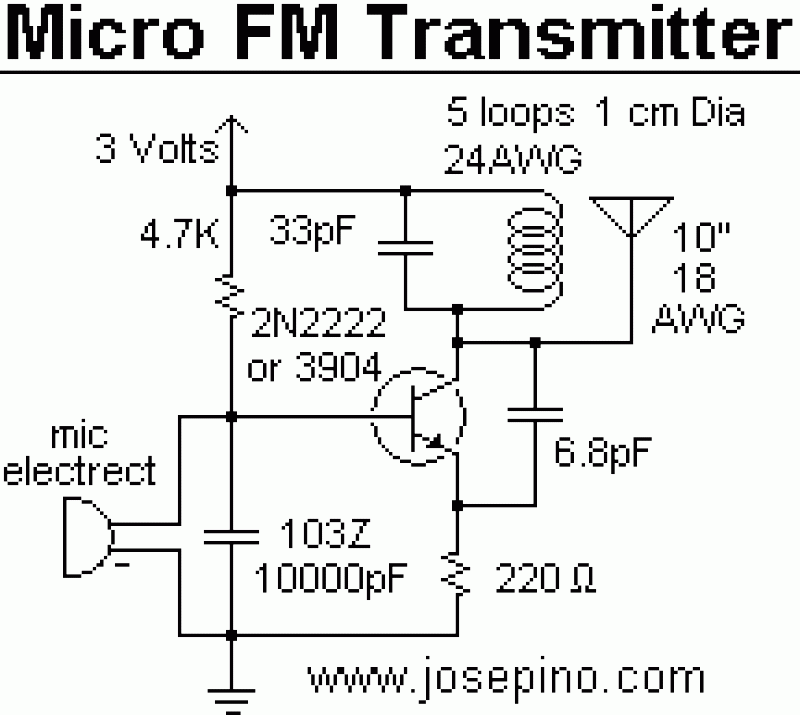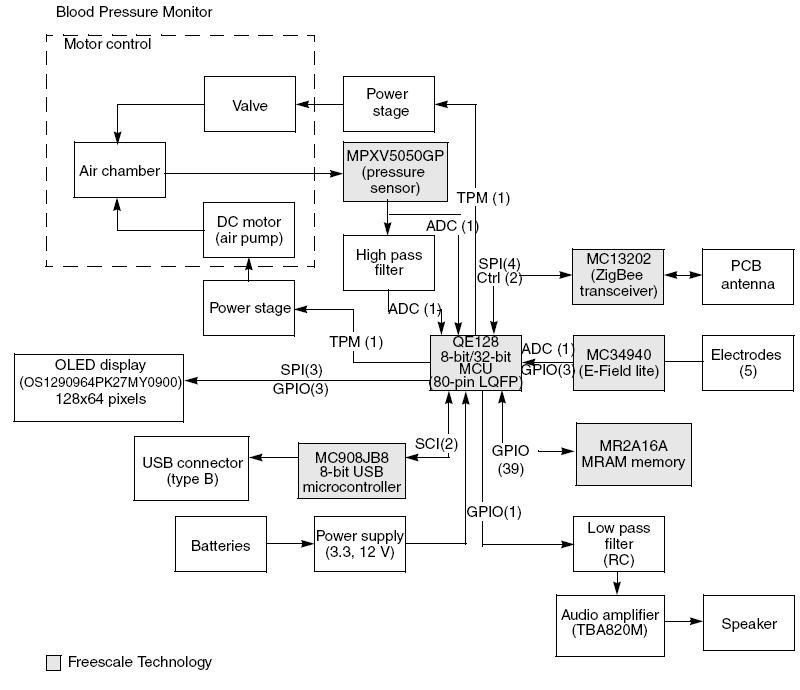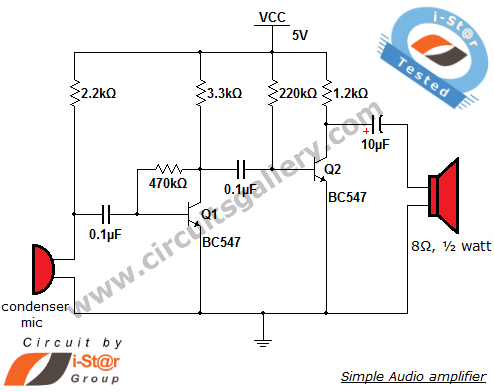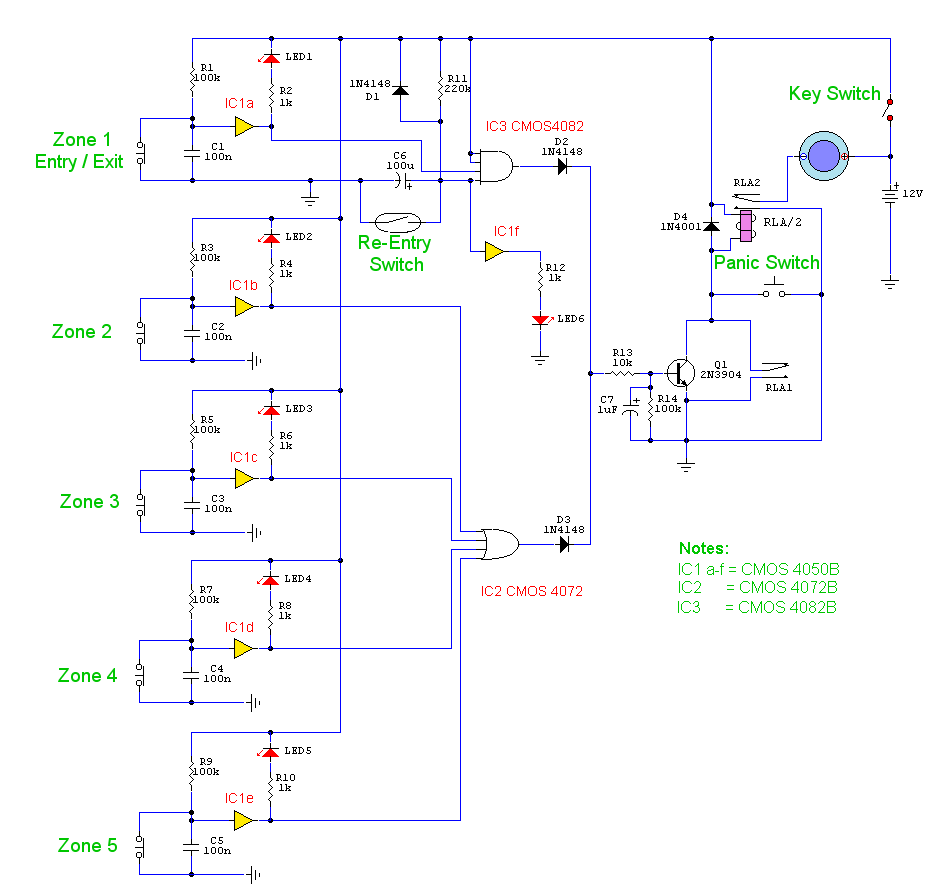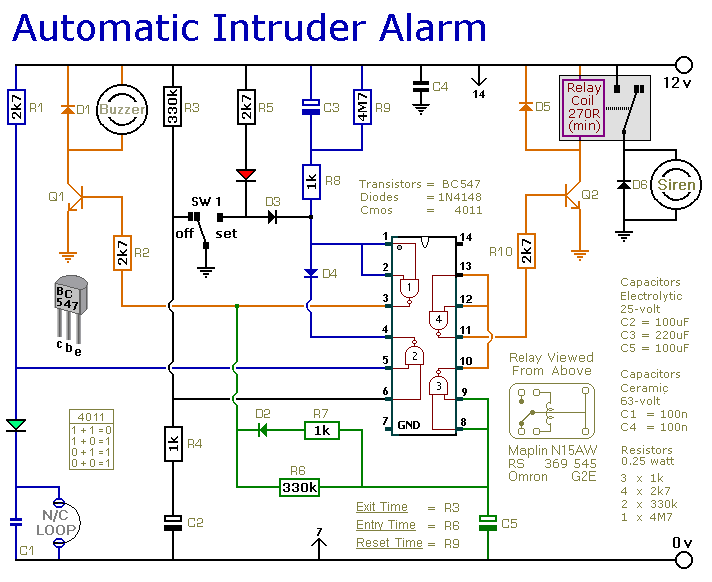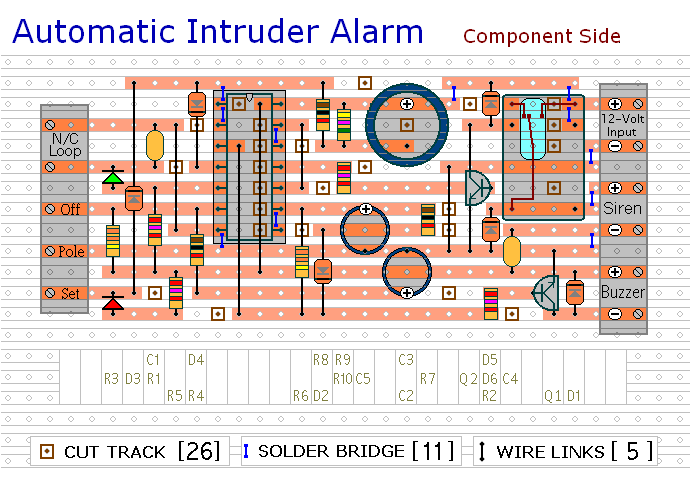
Pressure Zone Microphone (PZM) Modifications
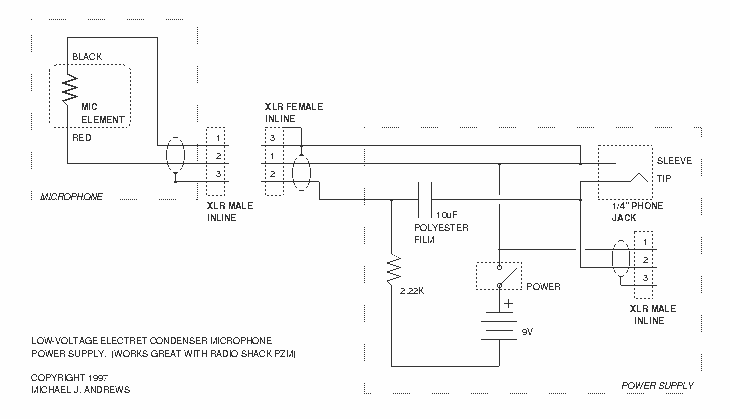
After attempting to use this reportedly "pretty good" microphone in a variety of situations with some "pretty bad" results, I dissected the power supply and found the same audio transformer that’s in their 180-in-one project kits! This DAT-Heads Digest article set me straight, from this, I culled a list of things I’d like to do to the microphone:
The described microphone appears to be a low-cost model that utilizes a basic audio transformer for its power supply. Such transformers are often found in educational project kits, indicating that the microphone may not be designed for professional audio applications. The mention of "pretty bad" results suggests that the microphone may suffer from issues such as poor sound quality, inadequate gain, or unwanted noise.
To enhance the performance of this microphone, several modifications can be considered. First, upgrading the audio transformer to a higher-quality model could significantly improve the frequency response and reduce distortion. Additionally, implementing a more robust power supply circuit may provide cleaner power, which is essential for optimal microphone performance.
It would also be beneficial to examine the microphone's circuitry for any potential capacitive coupling or filtering components that could be optimized. Replacing low-quality capacitors with higher-rated ones can enhance the overall audio fidelity. Furthermore, the addition of a low-noise operational amplifier could help increase the output signal strength while minimizing noise.
The microphone's housing and placement can also impact sound capture. Ensuring proper acoustic isolation and using a pop filter can help mitigate plosives and environmental noise interference. Finally, considering the use of a high-pass filter in the signal chain can eliminate low-frequency rumble, further refining the audio output.
In summary, the microphone's performance can be significantly improved through careful selection of components, circuit modifications, and attention to acoustic design principles. These enhancements would help transform the microphone from a basic model into a more reliable and higher-quality audio capture device.After attempting to use this reportedly "pretty good" microphone in a variety of situations with some "pretty bad" results, I dissected the power supply and found the same audio transformer that`s in their 180-in-one project kits! This DAT-Heads Digest article set me straight, from this, I culled a list of things I`d like to do to the microphone:
🔗 External reference
The described microphone appears to be a low-cost model that utilizes a basic audio transformer for its power supply. Such transformers are often found in educational project kits, indicating that the microphone may not be designed for professional audio applications. The mention of "pretty bad" results suggests that the microphone may suffer from issues such as poor sound quality, inadequate gain, or unwanted noise.
To enhance the performance of this microphone, several modifications can be considered. First, upgrading the audio transformer to a higher-quality model could significantly improve the frequency response and reduce distortion. Additionally, implementing a more robust power supply circuit may provide cleaner power, which is essential for optimal microphone performance.
It would also be beneficial to examine the microphone's circuitry for any potential capacitive coupling or filtering components that could be optimized. Replacing low-quality capacitors with higher-rated ones can enhance the overall audio fidelity. Furthermore, the addition of a low-noise operational amplifier could help increase the output signal strength while minimizing noise.
The microphone's housing and placement can also impact sound capture. Ensuring proper acoustic isolation and using a pop filter can help mitigate plosives and environmental noise interference. Finally, considering the use of a high-pass filter in the signal chain can eliminate low-frequency rumble, further refining the audio output.
In summary, the microphone's performance can be significantly improved through careful selection of components, circuit modifications, and attention to acoustic design principles. These enhancements would help transform the microphone from a basic model into a more reliable and higher-quality audio capture device.After attempting to use this reportedly "pretty good" microphone in a variety of situations with some "pretty bad" results, I dissected the power supply and found the same audio transformer that`s in their 180-in-one project kits! This DAT-Heads Digest article set me straight, from this, I culled a list of things I`d like to do to the microphone:
🔗 External reference
